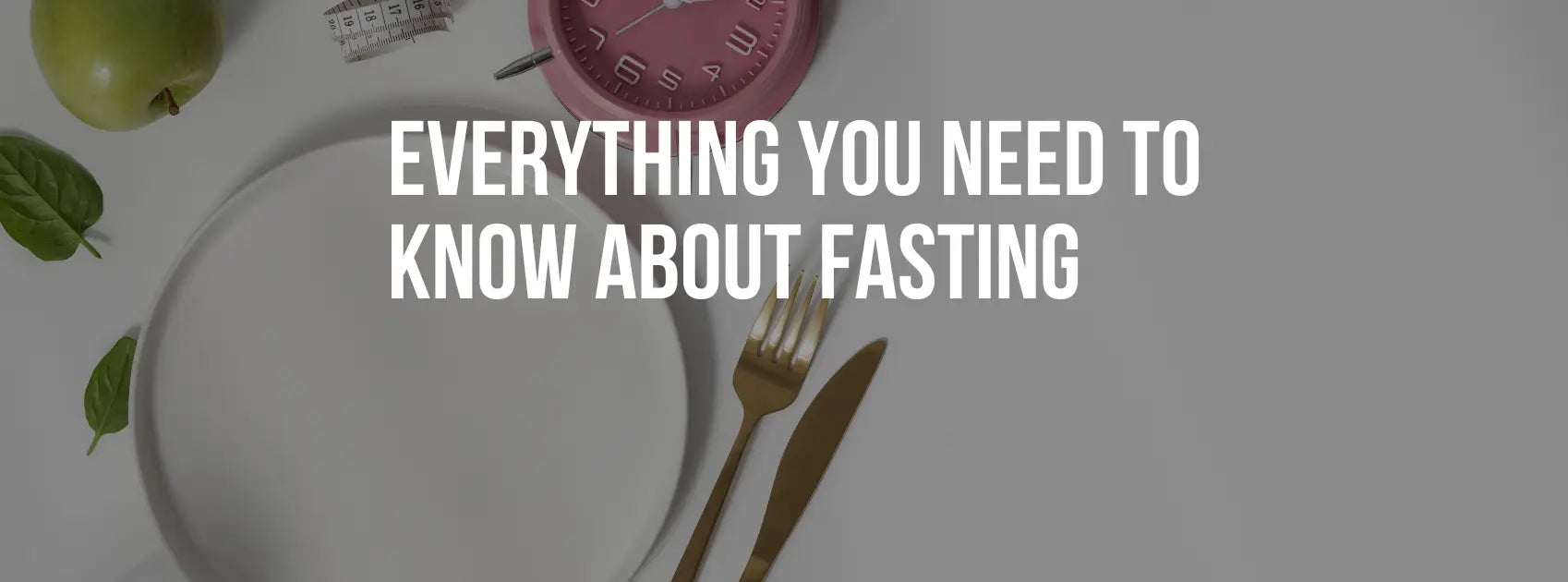
Everything You Need to Know About Fasting
Fasting is everywhere right now. Podcasts, books, TikTok, YouTube… It's all over your feed. And while it might seem like just another trendy health craze, fasting is actually nothing new. People have been fasting for centuries: for spiritual reasons, for healing, for clarity. What’s cool is that science is finally catching up and explaining why it works.
Chances are that you grew up hearing that “breakfast is the most important meal of the day,”. That idea has been drilled into us for decades. But guess what? That came more from cereal companies than actual science.
The truth is, fasting can be an incredible tool for balancing hormones, managing weight, improving energy, and even helping with mental clarity. The goal is not to starve yourself or punish your body. It’s about learning how to work with your body’s natural rhythms, not against them.
BM247 temporarily supports metabolic function, appetite suppression, weight loss, and hunger management. Temporarily relieves occasional food and sugar cravings.
What is Fasting?
Let’s start simple: fasting just means going without food for a certain amount of time. That’s it. It’s not a diet, it’s not a cleanse, and it’s definitely not starving yourself.
Fasting is actually something our bodies are built to do. Think about it, for most of human history, food wasn’t sitting in a fridge or at the drive-thru. Our ancestors naturally went hours or even days between meals, and our biology adapted to that rhythm. The body has systems that only kick in when we stop eating for a bit. And those systems are powerful. They help with fat-burning, energy, healing, hormone balance, and even brain function.
So no, fasting isn’t a trend. It’s one of the most ancient wellness tools we’ve got, and modern science is finally catching up.
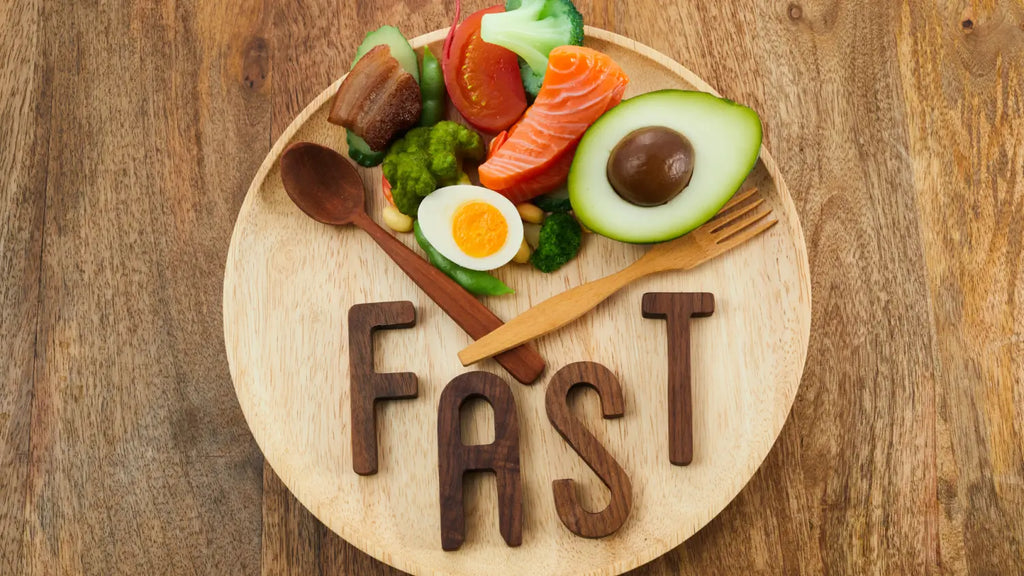
Different Types of Fasting Explained
There’s no one way to fast. You can tailor fasting to your goals, your lifestyle, and your current season of life. Let’s break down the most common types so you can start figuring out what might work for you:
Intermittent Fasting (IF)
This is where most people begin. You’re still eating every day, just within a shorter time window. For example, the popular 16:8 method means you fast for 16 hours and eat during an 8-hour window (say, from 12pm to 8pm). Some people do 14:10 or even 18:6, depending on their energy levels and schedule.
Great for: blood sugar regulation, reducing snacking, fat burning, and building consistency.
Autophagy Fasting
Autophagy means “self-cleaning.” Around the 17+ hour mark, your cells start breaking down old, damaged parts and recycling them. This deeper level of fasting is amazing for longevity, immune support, and reducing inflammation.
Great for: cell repair, aging support, and prevention.
Calc Sulph temporarily relieves discomfort due to skin problems, as well as occasional blemishes, slow-healing wounds, and discharge related to pimples, boils, skin sores, and more. Temporarily supports cellular regeneration.
OMAD (One Meal a Day)
Exactly what it sounds like: you eat one solid meal, usually in a 1-2 hour window, and fast the rest of the day. It’s intense, but some people thrive on it a few times a week.
Great for: advanced fasters, insulin sensitivity, weight loss plateaus.
24 to 72-Hour Fasts
These are longer fasts, where you go a full day (or more) without food; just water, tea, and electrolytes. Around the 36 to 48-hour mark, the body starts producing stem cells, lowering inflammation, and boosting healing. You don’t need to do these often to get benefits.
Great for: metabolic reset, immune reboot, and deep healing.
BM5 temporarily supports immune function, gentle and natural detoxification, assists the body in managing environmental toxins, pollutants, and chemicals, and promotes kidney and liver health.
Dry Fasting
This is a more advanced approach: no food and no water for a short period (usually 12–24 hours max). It’s thought to trigger faster autophagy, but it’s not for beginners and definitely not something to try without preparation or guidance.
Great for: reducing inflammation, but only in very short and supervised doses.
Juice Fasting
Not technically “fasting” in the strict sense, since you’re still getting calories, but juice fasts can give the digestive system a break while still supplying some nutrients. These can be helpful for certain health goals, but not necessary for most people doing intermittent fasting.
Great for: gentler resets, digestive rest, or easing into food-free fasting.
Fast Mimicking Diet (FMD)
Created by Dr. Valter Longo, this is a 5-day plan where you eat a very low-calorie, plant-based diet designed to trick your body into thinking it’s fasting while still eating. It’s been studied for cellular repair, inflammation, and longevity.
Great for: people who want fasting benefits without going completely without food.
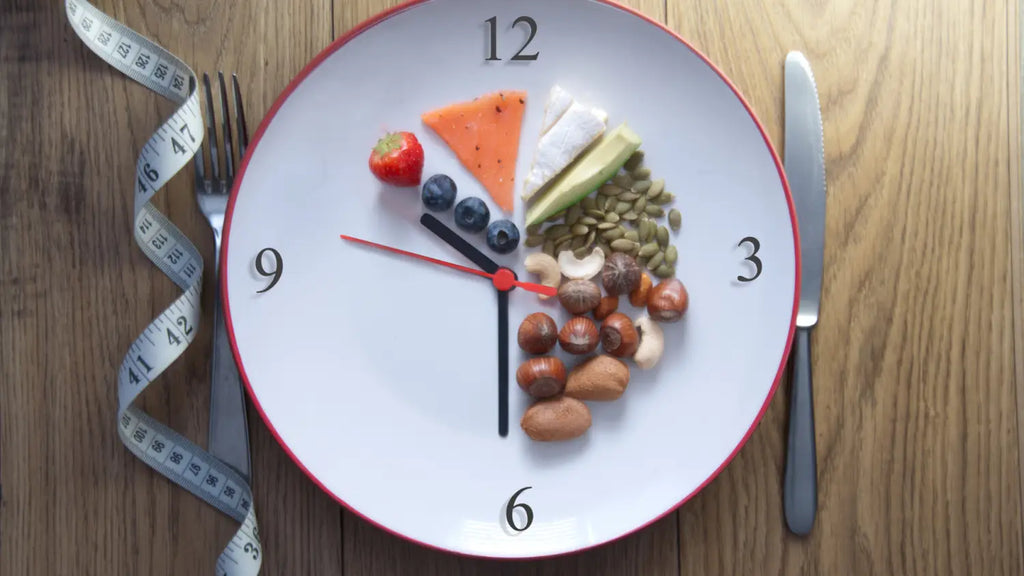
What Happens in Your Body While Fasting?
Okay, so what’s actually going on inside your body when you’re fasting?
At first, your body just shifts from burning sugar (glucose) for energy to burning fat. This is where the magic starts, especially if you're someone dealing with blood sugar swings, stubborn weight, or inflammation.
After about 12–16 hours without food, your insulin drops (in a good way), and your body starts tapping into fat stores for fuel. Around 17+ hours, something called autophagy kicks in and your body clears out old, damaged cells.
You might also get a nice boost in brain clarity, energy, and mood. All thanks to more stable blood sugar and a rush of feel-good neurotransmitters like dopamine.
BIO24 temporarily supports your energy, ability to cope with stress, physical health, immune system, and ability to remain alert, fresh, and calm all day. It also temporarily supports your body's ability to manage, absorb, and use nutrients.
If you keep fasting longer (24–72 hours), your body goes even deeper into fat-burning, healing, and cellular repair.
Dr. Mindy Pelz talks a lot about this process and breaks it down beautifully; she’s one of the main voices helping women understand how fasting can actually support our hormones, not mess them up (as long as we do it right).
So, in short: fasting helps your body become more efficient, more energized, and more resilient.

Why Fasting Is Different for Women
Here’s the truth that often gets left out of the conversation: women’s bodies are more sensitive to changes in food intake, especially when it comes to hormones.
We’re not small men. We’ve got a delicate (but powerful) hormonal rhythm that shifts week to week, and fasting can either support or totally throw that off if we’re not paying attention.
When done right, fasting can actually help with hormone balance, better energy, less bloating, easier cycles, and even improved fertility. But if it’s too aggressive — or done at the wrong time in your cycle — it can backfire. You might feel more anxious, lose your period, sleep poorly, or have slower metabolism.
The key is learning how to fast with your cycle.
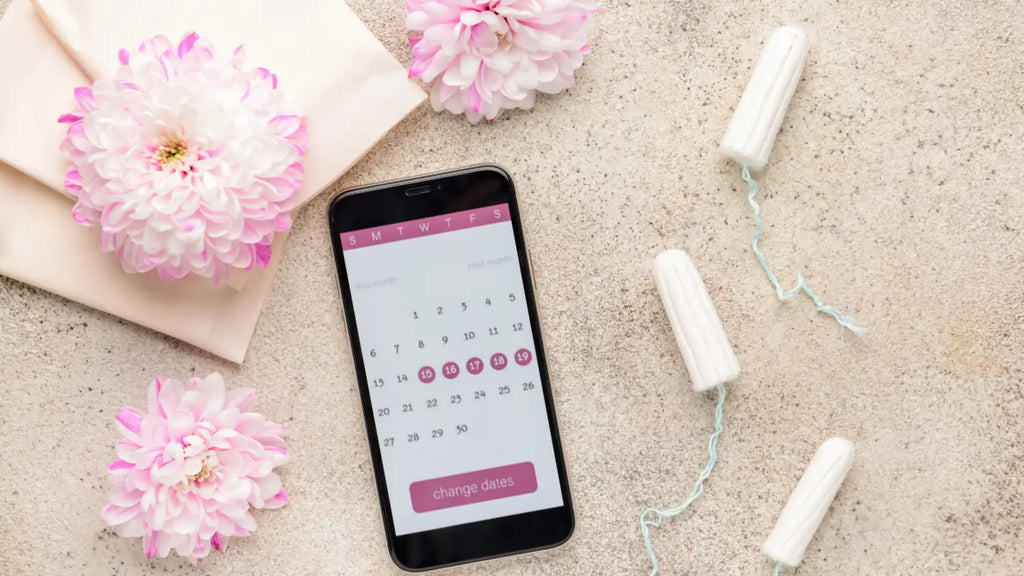
How to Fast With Your Cycle (and When Not To)
Here’s a general guide if you’re cycling naturally (not on hormonal birth control):
Day 1–10: Menstrual + Early Follicular Phase
This is the time right after your period starts. Hormones are lower, and your body is more resilient to stress. This is the best time for longer fasts.
- You can fast anywhere from 13 to 72 hours, depending on your experience level.
- This is also a great window to go deeper into ketosis or try things like autophagy fasting or even a 24-hour fast.
Day 11–15: Ovulation Phase
Estrogen is peaking her, so this is not the time to push super hard with fasting.
- Stick to 13–15 hour fasts max.
- Focus on foods that support estrogen: healthy fats, seeds, nuts, legumes, fruits, veggies, and fermented foods. Think nourishing, colorful meals.
- This is a great time to eat more, not less; your body is doing big work hormonally.
Day 16–19: Luteal Phase (Early)
You’ve ovulated, and progesterone is starting to rise. You can ease back into longer fasts again if you feel good.
- 13 to 72 hour fasts are okay here again, but tune in to how your energy feels.
- Your body can still handle metabolic stress during this window.
Day 20–Bleed (Late Luteal Phase)
This is your premenstrual time. Progesterone is high (or trying to be), and your body is more sensitive to stress, including fasting. This is not the time to restrict.
- Eat breakfast within an hour of waking: this helps calm the nervous system and supports healthy hormone production.
- Focus on nourishing meals: think protein, complex carbs, and minerals.
- Avoid long fasts. You can still do 12 hours overnight, but nothing aggressive.
What if you’re postmenopausal?
No cycle? That actually gives you more flexibility. You can experiment with longer fasts more often, since your hormones are no longer shifting weekly. Still, it’s important to listen to your body. If you feel great with 16:8 or even occasional 24-hour fasts, go for it. But if you’re feeling depleted, back off and focus on nourishment.
What if you’re on hormonal birth control?
Hormonal birth control flattens your natural cycle, so the fasting-with-your-cycle approach isn’t as clear. In this case, a consistent intermittent fasting window (like 14:10 or 16:8) a few days per week is usually a good place to start. Prioritize food quality, recovery, and don’t overdo it, because the pill itself already creates a unique hormonal load on the body.

How to Start Fasting
If you're new to fasting, don’t stress. You don’t need to jump into a 24-hour fast on day one. The best approach is to ease in gently so your body has time to adapt.
Here’s a super simple week-by-week roadmap:
- Week 1: Start with a 12-hour fasting window (ex: stop eating at 8 PM, have breakfast at 8 AM). Just get used to the rhythm.
- Week 2: Stretch it to 13–14 hours. You might skip breakfast or just have coffee/tea in the morning.
- Week 3: Try a 16:8 window. Fast for 16 hours, eat within an 8-hour window. That could look like eating between 11 AM and 7 PM.
- Week 4 and beyond: Once you’re comfortable, you can experiment with longer fasts (18, 24, or even 36 hours), depending on your goals.
During your eating window, focus on whole foods and aim for a good balance of:
- Healthy fats (avocados, olive oil, nuts)
- Clean proteins (eggs, chicken, fish, tempeh)
- Smart carbs (sweet potatoes, quinoa, berries, leafy greens)
Apps like Carb Manager, Zero, or tools like Keto Mojo (for tracking ketones and glucose) can make things way easier, especially if you’re a numbers or data person.
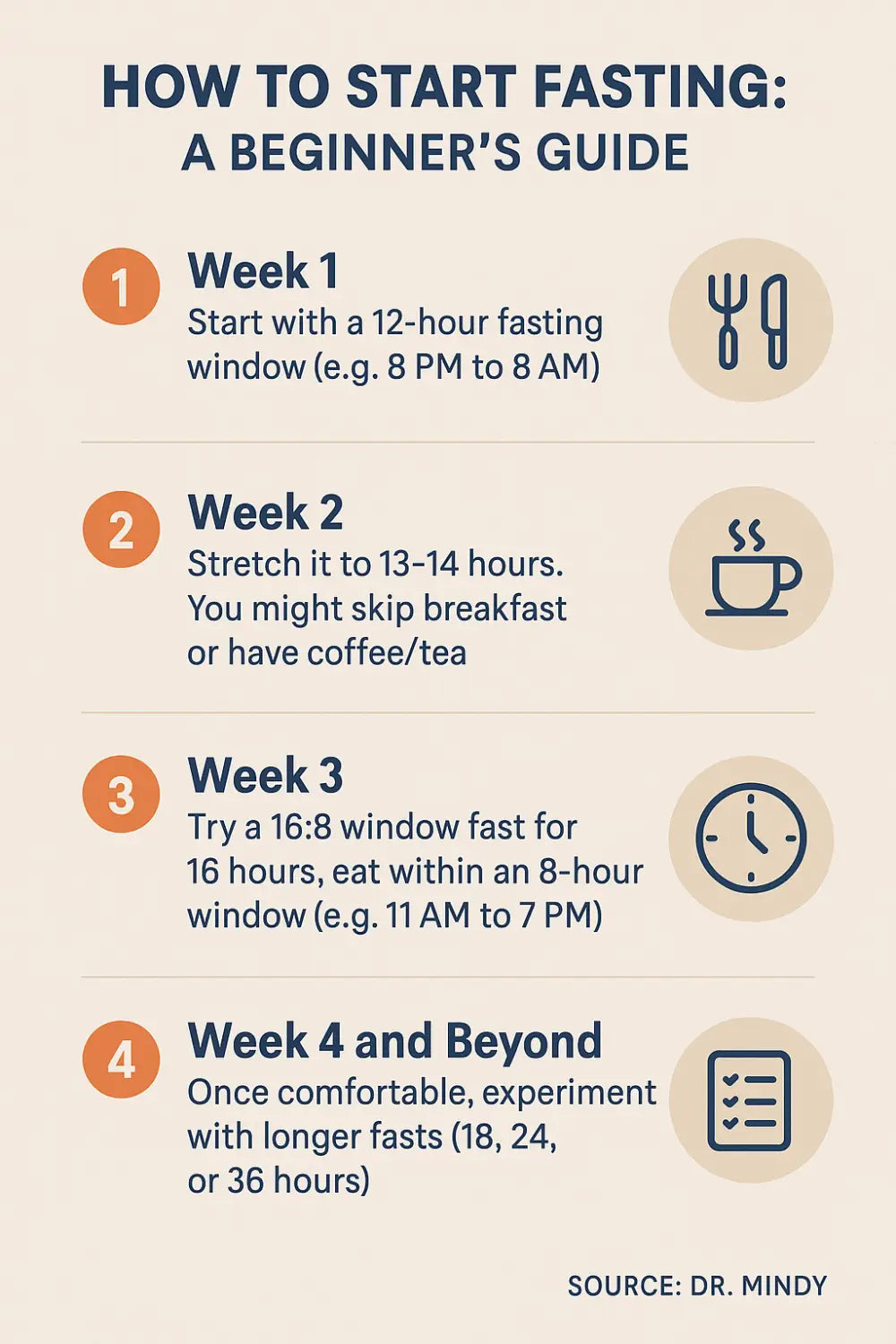
How to Break a Fast the Right Way
This part is so important, and it’s where a lot of people go wrong. How you break your fast matters just as much as how long you fast.
After not eating for hours, your digestion is a little sensitive, so start with something easy to digest. Great options include bone broth, olives, eggs, avocado, salmon, nuts, a little sauerkraut, or some cooked veggies with olive oil.
Be sure to add protein and healthy fat to keep blood sugar stable.
Avoid: anything heavy, fried, super sugary, or ultra-processed.
BM19 temporarily relieves ravenous hunger and discomfort due to being overweight and having unnecessary fat around the belly and other body parts.
When Not to Fast
Fasting isn’t for everyone, and there are times when it’s better to pause or skip it altogether.
If you notice any of these red flags, take a step back:
- Lightheadedness, dizziness, or weakness that doesn’t go away
- Blood sugar drops too low (especially if you're diabetic)
- Ketone levels get too high (above 8.0 — that’s a red flag)
- Sleep is wrecked, or your energy crashes regularly
- Your period becomes irregular or stops
Some people who should not fast (or should work with a practitioner first):
- If you're pregnant or trying to conceive
- If you’re breastfeeding
- If you have a history of disordered eating
- If you’re under chronic stress or dealing with adrenal fatigue
Also, if you’re going through perimenopause or menopause, fasting can still be helpful, but your body may respond a bit differently. Hormones are more sensitive during these transitions, and fasting should support (not stress) your system.

The Bottom Line
Fasting isn’t a one-size-fits-all thing. The real goal hereis tuning in, learning what makes your body feel good, and adjusting as you go.
Some days, you’ll fast longer. Some days, you’ll need to eat earlier. Some days, you’ll feast and that’s part of the rhythm. It’s not rigid, it’s responsive.
At the end of the day,you’re learning how to fuel yourself in a way that supports your hormones, your energy, and your life.








Leave a comment